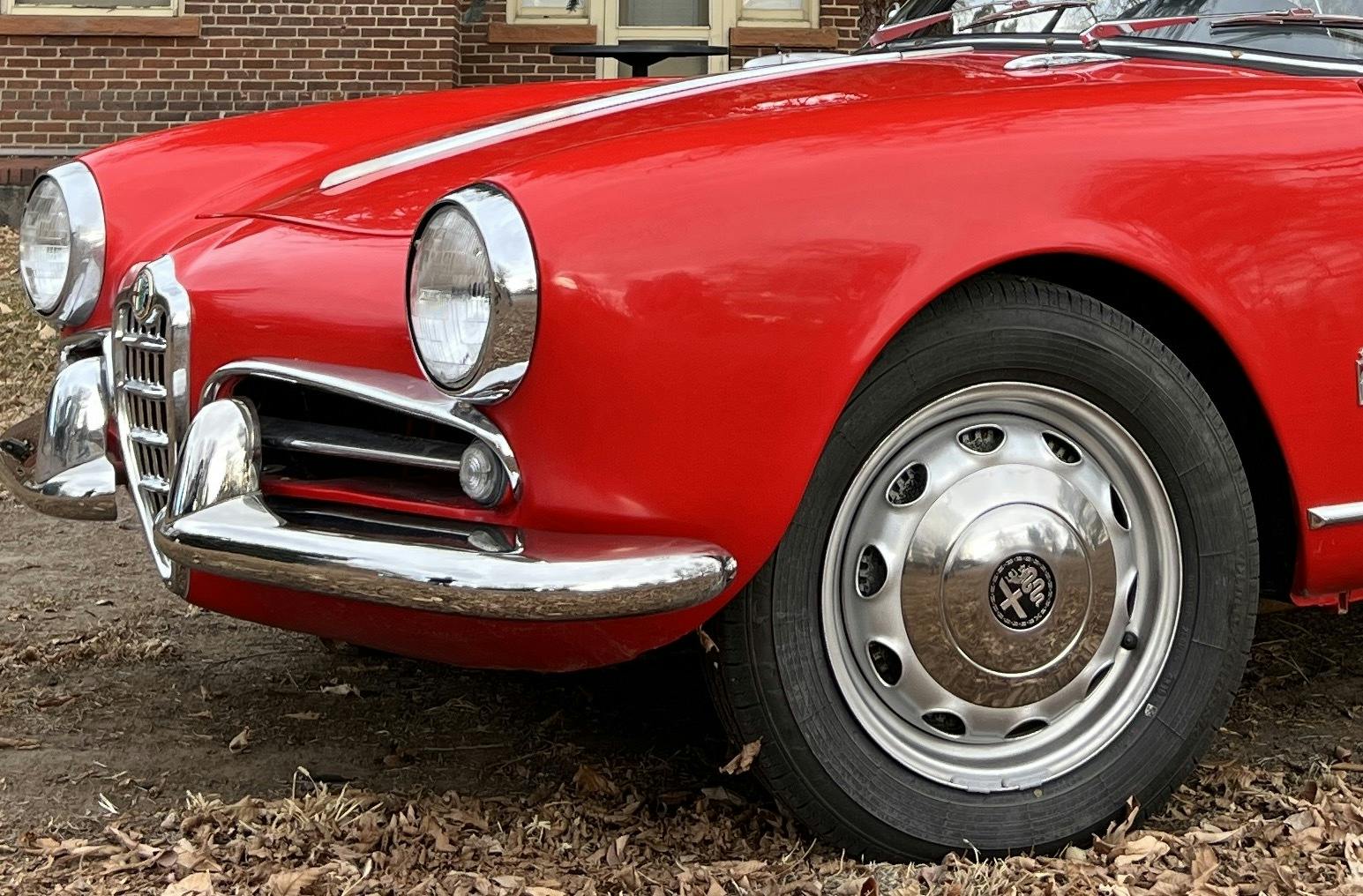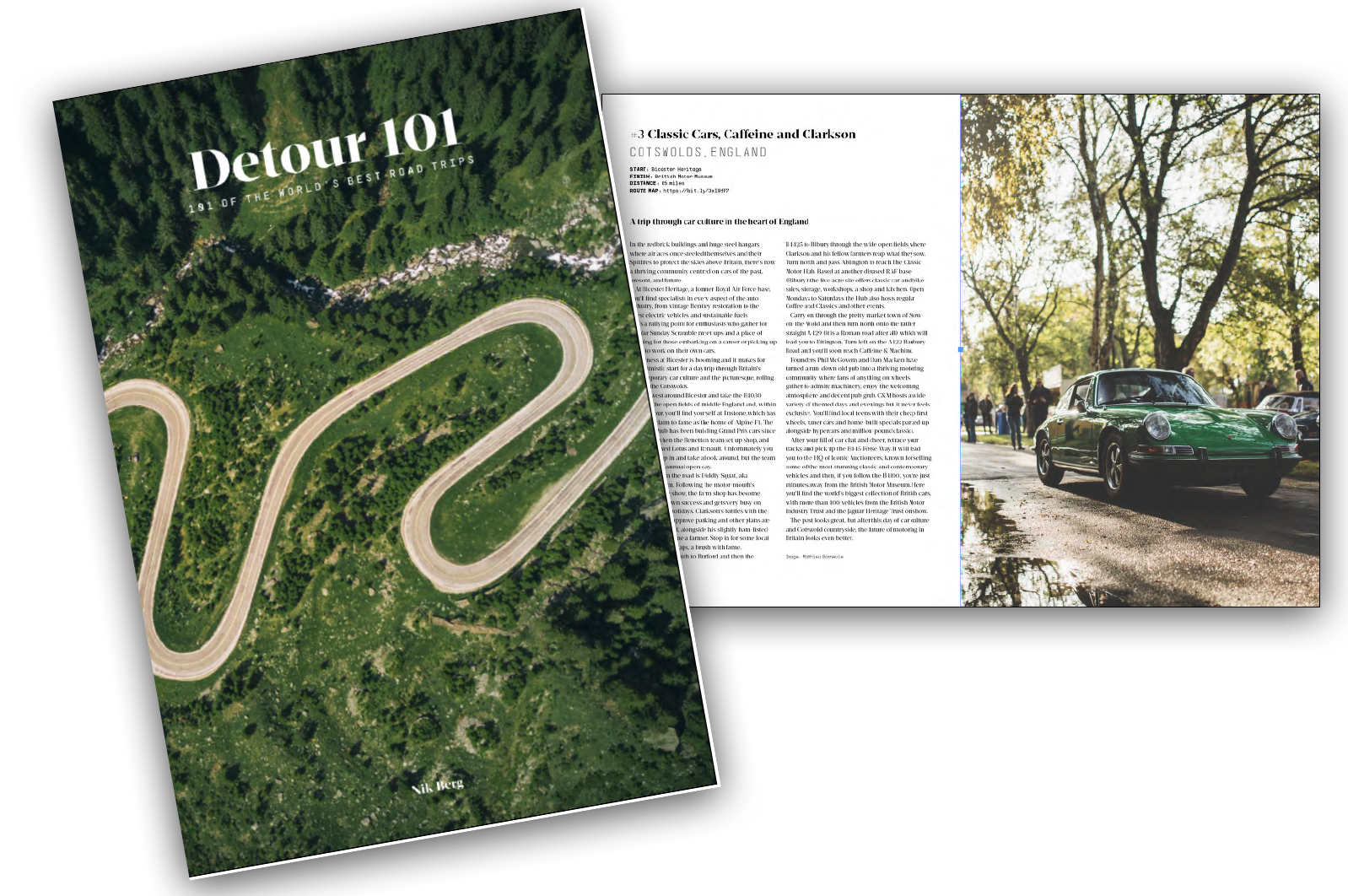If you own a cherished car, chances are that you’ll want to store it over winter. And that can be an invitation to mice and rats, which may enjoy a chew of your car’s plastic components, or perhaps fancy taking up residence somewhere snug and cosy for the winter – as one driver found out to his (considerable) cost.
Check out Hagerty US readers’ best ideas for nipping rodent problems in the bud, ranging from D-Con and dryer sheets to sulphur and steel wool. If you’re putting your car away for the winter, keep reading for ways to keep those small, unwanted guests out of your classic.

1. Tumble dryer sheets
“Try Bounce fabric softener dryer sheets. Mice don’t like the smell, but you’ll like it better than moth balls. Use them in several places in the car.”
“I have had a 1966 Ford Fairlane 500 XL for 18 years, and I also have an acre in the country, so we see our share of mice. The best thing I’ve used is dryer sheets. Just go to the Dollar Store and buy a box. They don’t have to be expensive. I just lay them all over the interior, under the hood, in the trunk, on top of the tires – even in the exhaust pipe. Then, in the spring, gather them all up and toss them. Not only will there be no mice, the car will smell like it just came out of the dryer. Works great for me!”
“One of the best things to deter rodents is to put multiple sheets of a fabric softener inside the car (“Bounce” is excellent!). There is a very low odor associated with the smell after taking the car out of storage, yet rodents hate this item!!! I have a car that I put in storage each winter and also have a 30-foot camping trailer that I store. I have never had one problem since I was introduced to this idea years ago, and I had many problems with rodents before using this technique.”
“I’ve tried with a good amount of success using fabric softener sheets placed around the car and inside the vehicle. Bounce seems to work the best. I received this information from an upholstery shop that does a lot of work on vehicle interiors.”
2. D-Con
“The best (and most effective) means of removing all rats and mice from virtually any place is to place D-Con around in areas accessible by the mice and rats, but too small to be accessible by dogs, cats, or any other pets you may have. You may (or may not) detect a slight odor as they are killed off, but I can assure you will never be bothered by them again. I’m 75 years old and have used D-Con all my life, and have yet to see any signs of mice or rats beyond the third or fourth day of setting out the D-Con. I have an antique car, and I use D-Con in it while it is in storage to guarantee against any damage to upholstery or insulation in the car.”
3. Traps
“The best killer is the Victor snap traps with the 1-inch square plastic yellow tongue. It’s more sensitive than traditional snap traps with the small metal tongue. I prefer a small smear of peanut butter in a centre hole. You don’t want much; just enough to give off the scent. The one downside of these traps is that if they sit long enough without a mouse going for the bait, crickets (and some small bugs) can eat all the traces of peanut butter without setting off the traps because they are so light. A combination of fabric sheets, snap traps, and building inspection and maintenance will keep your classic rodent free.”
“I have five classic cars and believe me, I have tried everything to keep the mice away. But I keep going back to the old faithful mouse trap. You have to keep an eye on them, but they do work. I also have a commercial pest control company put out poison. So far (keeping my fingers crossed) I haven’t had much trouble or damage from the varmints. Years ago I made the mistake of putting the trap inside the car. It was nearly impossible to get the smell out of the car! Don’t make that mistake.”
4. Mothballs
“The ultimate prevention to mice invasion, or any other rodent invasion, is the good, old-fashioned mothball. By the first of summer the mothballs are gone. By opening up the car and taking a few rides, the smell is gone as well.”
“This is the second winter I’ve tried Bounce, in the car and under the hood. It worked OK last year, so hopefully it will continue to. But of course, there’s that half box of mothballs spread around and under the car and in the far corners of the [old] garage, so it may be this combo that works. It sure keeps the chipmunks – destructive monsters compared to mice – out of the garage and from under the porch. “
5. Sulphur
“Garden stores sell granular or powdered pure sulphur. Mice, roaches and other vermin hate the smell. Cut an old pillowcase into 8″ x 8″ squares and put a spoonfull of sulphur in the centre. Gather the ends and tie into a small pouch. Place these bags around areas that may have a mouse or bug problem.”
6. Steel wool
“In addition to the soap and mothballs, I put wads of steel wool inside the pipes on my modifed ’48 Willys Jeepster.”
7. Other tips: Tape, jacks, ‘Tom Cat,’ lowered visors, no covers
“Don’t forget to put tape over the tail pipe opening and the air intake. A friend could tell you a story about tearing down an engine and finding a mouse carcass on top of a piston.”
“I maybe go a bit overboard, but I’d rather spend a few dollars and be safe than lots come spring. I put my car up on jackstands so only mice that can pole vault or jump really high can reach it. I also put lots of Bounce sheets inside and under the hood. I set about four or five mousetraps that I check every time the weather is warm enough to walk over to the garage where I keep it stored (it’s only a 50 ft. jaunt, but at 20 below it seems like a mile ). I also, since no pets can get into my garage, set out about six little caps of antifreeze. Most of these can be used year after year and so far have been very effective, or maybe I’m just lucky. Either way, when spring comes and everything is the way it was when I parked it, I’m happy.”
“I reproduce interiors of vehicles; a procedure I inform my customers is to purchase “Tom Cat” mice packets. These are sealed packets (6/ box). Do not open the packets but place in trunk, under seats on floor, on top of the air filter cover under the hood. If packets remain closed the bait will remain fresh, if broken it will indicate the presence of an intruder,(who will not remain within the vehicle but leave and search for water). Remove the broken packet and replace with a new sealed packet. The indication of an open packet will remind one to view the vehicle more often. Unfortunately there is no inexpensive means to totally prevent the appearance of rodents, short of obtaining a complete air tight trailer; but this process has worked to assist in keeping the unwanted guests from a restored vehicle. I also recommend that vehicles not be stored in old barns or garages that present means for rodents to have access to the interior of the building. “
“This is not a method to prevent mice from getting in, but rather an extra precaution in case they do get into the interior. Mice have been known to ‘nest’ behind the sun visor and cause damage to the visor and headliner. Always lower the visor to eliminate the chance for the critters to establish residence on them.”
“I learned not to cover the car because mice like dark areas to build their nests, usually out of the car’s installation, hood blanket, seat cushioning material, etc. I live in Colorado and every fall mice and other critters look for a place to come in out of the cold. Anyway, I now leave my trunk and hood both open and no longer have a problem.”
Read more
Sleeping beauty: Follow these experts’ tips for storing your car over winter
5 ways to cover your classic car when you don’t have a garage
8 affordable classic cars you can use all winter










I used Moth Balls and they did me NO good. I believe the mice used them to play soccer in the car. I used plenty of moth ball and only thing I got out of it was a stinky smelling car. I will try the dryer sheets this year and hope for the best.
My remediator begged me not to use mothballs or bounce sheets. He said they use it to make nests. I left a trickle charger on my car last year in winter, big mistake. The heat attracted mice and they chewed the hood insulation. This year I left the hood up so they couldn’t get cozy. Hopefully it works.